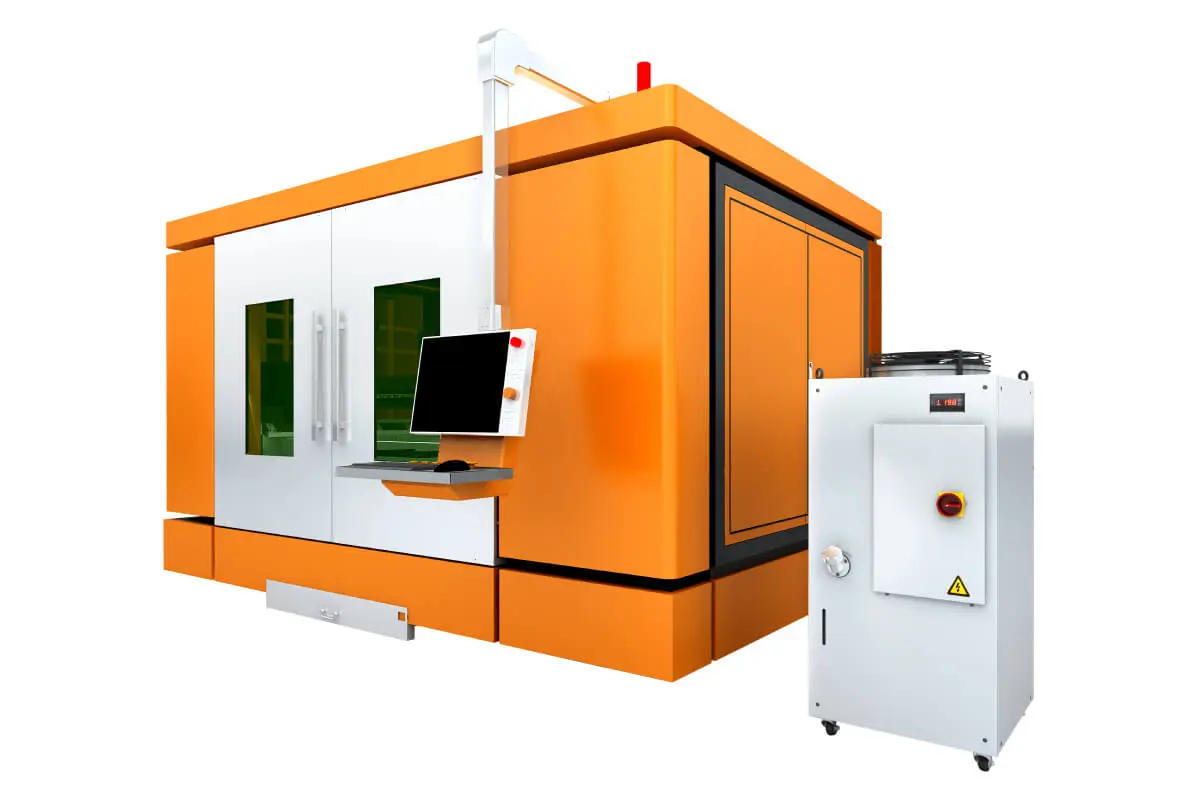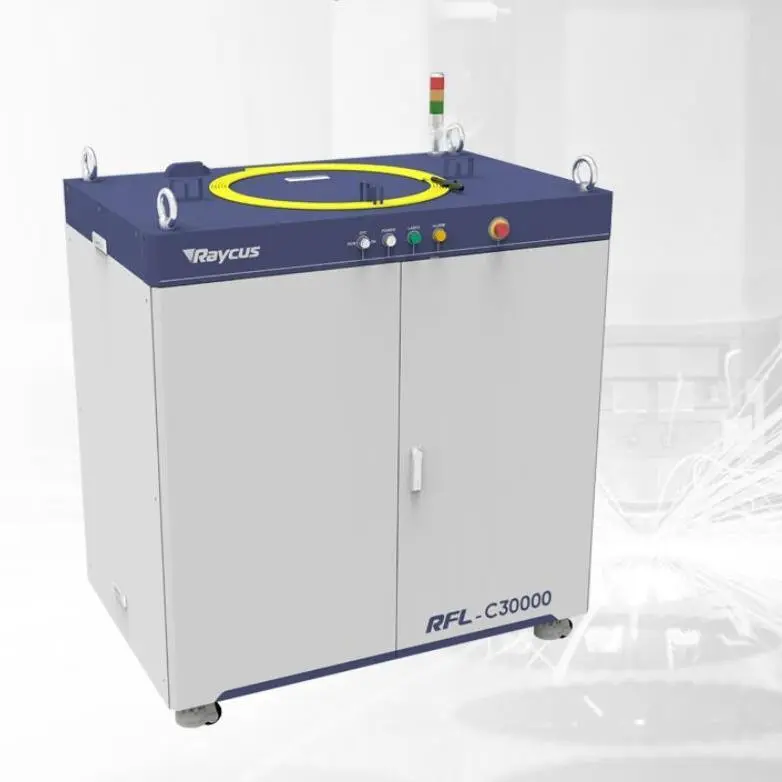[ Aluminum Cutting Machines]Exploring the Versatility and Efficiency of Aluminum Cutting Machines in Modern Manufacturing and Fabrication Industries

Exploring the Versatility and Efficiency of Aluminum Cutting Machines in Modern Manufacturing and Fabrication Industries
In the rapidly evolving landscape of modern manufacturing, precision and efficiency remain paramount. With the increasing demand for lightweight yet durable materials, aluminum has surfaced as a favored option in various sectors, including automotive, aerospace, and construction. Central to the effective utilization of aluminum in these industries are aluminum cutting machines, which provide the means to achieve high-quality cuts with precision and speed. This article will delve into the types, technology, benefits, and future trends associated with aluminum cutting machines, highlighting their critical role in today’s manufacturing ecosystem.

Exploring the Versatility and Efficiency of Aluminum Cutting Machines in Modern Manufacturing and Fabrication Industries
**Understanding Aluminum Cutting Machines**
Aluminum cutting machines are specialized tools designed to cut aluminum sheets, profiles, and extrusions with acute accuracy and minimal waste. These machines come in various formats, ranging from traditional saws to advanced computer numerical control (CNC) models. The choice of machine often depends on factors such as the thickness of the aluminum being processed, production volume, and specific application requirements.
**Types of Aluminum Cutting Machines**
There are several types of aluminum cutting machines, each tailored for different applications:
1. **CNC Band Saws**: These machines utilize a continuous band of steel with teeth designed for cutting aluminum. They are known for their accuracy and ability to handle large volumes, making them a favorite in industrial settings.
2. **Cold Saws**: Cold saws employ a circular blade to cut aluminum without the heat generated by friction, minimizing the risk of warping or altering the material’s properties. They are ideal for achieving clean cuts and can handle thick materials effectively.
3. **Shearing Machines**: Often used for cutting aluminum sheets, shearing machines provide straight cuts and are well-suited for production lines where speed is crucial. They are particularly beneficial when dealing with large sheets of aluminum that need to be processed efficiently.
4. **Laser Cutting Machines**: The technology behind laser cutting has become increasingly popular in various industries due to its precision and versatility. Laser cutting machines can handle intricate designs and fine details, making them suitable for intricate fabrications and prototypes.
5. **Plasma Cutting Machines**: Plasma cutters are known for their speed and ability to cut through thicker materials. They use ionized gas to create a high-temperature arc that melts the aluminum, making it a suitable option for heavy-duty applications.
**Benefits of Using Aluminum Cutting Machines**

Exploring the Versatility and Efficiency of Aluminum Cutting Machines in Modern Manufacturing and Fabrication Industries
The adoption of aluminum cutting machines offers numerous advantages that enhance production quality and efficiency:
1. **Precision**: Advanced cutting machines, especially CNC models, deliver exceptional precision, allowing manufacturers to meet tight tolerances and specifications.
2. **Reduced Waste**: Modern aluminum cutting machines are designed to minimize scrap material, maximizing the yield from every piece of aluminum processed.
3. **Speed**: High-performance cutting machines can significantly speed up production processes, ensuring timely project completion and better resource management.
4. **Automation**: Many aluminum cutting machines feature automation capabilities, reducing the need for manual intervention and minimizing the potential for human error.
5. **Versatility**: With various cutting technologies available, manufacturers can select the appropriate machine for their specific needs, whether they require simple straight cuts or complex shapes.
**Future Trends in Aluminum Cutting Technology**
As industries continue to evolve, innovations in aluminum cutting technologies are on the horizon. The rise of Industry 4.0 introduces smart manufacturing concepts, where machines are interconnected and capable of data exchange, enhancing operational efficiency. Machine learning and artificial intelligence are expected to inform predictive maintenance practices, reducing downtime and optimizing machine performance.
Moreover, advancements in materials science may lead to the development of even more efficient cutting tools, including higher-speed blades and more sophisticated thermal cutting processes, which further improve the cutting quality of aluminum. These trends indicate a promising future for aluminum cutting machines, aligning with the growing trend of sustainable manufacturing practices.
**Conclusion**
In summary, aluminum cutting machines are indispensable tools in the manufacturing and fabrication industries. With their ability to offer precision, speed, and versatility, they remain at the forefront of innovations in metalworking. As technology evolves, the role of these machines is likely to expand, facilitating the continued growth and efficiency of industries that rely on aluminum as a vital resource. Embracing these advancements will be key for manufacturers looking to stay competitive in an increasingly demanding market. Metal Plate Fiber Laser Cutter